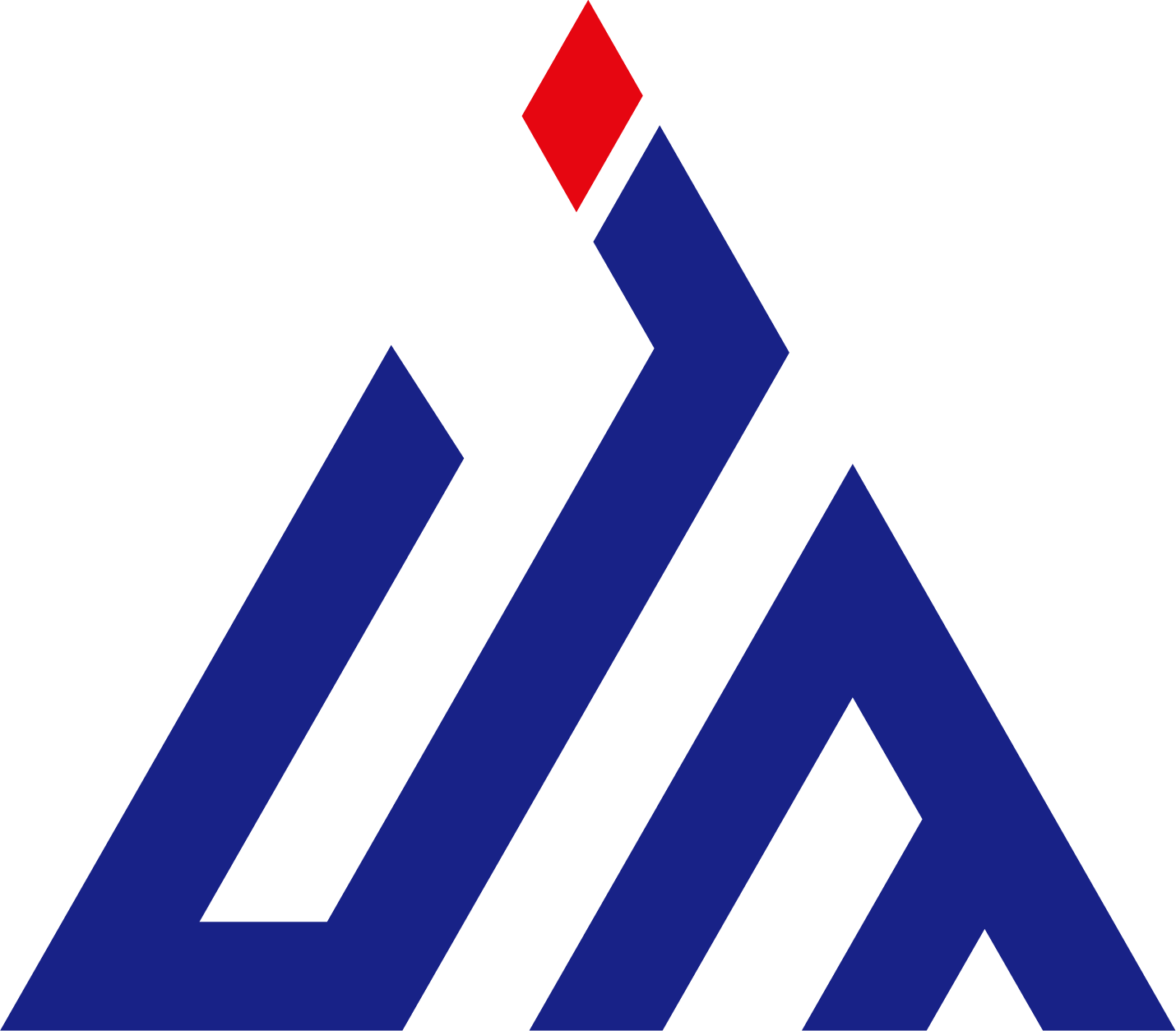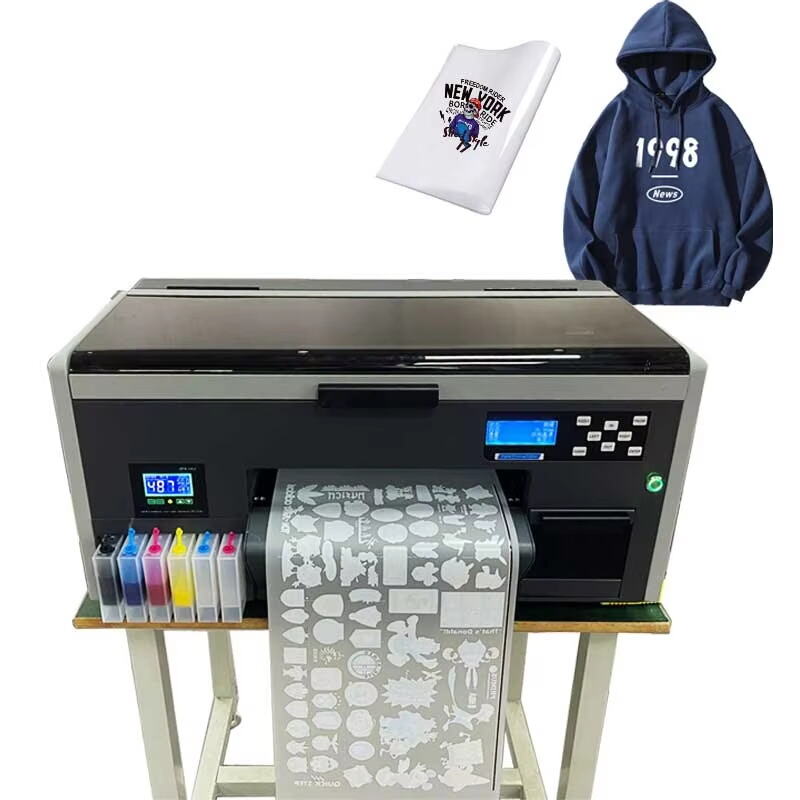Introduction to DTF and UV DTF Printing Technologies
Overview of Direct-to-Film (DTF) Printing
Direct-to-Film (DTF) printing is a versatile printing technique that efficiently transfers detailed designs from a specially prepared film to various substrates using heat and pressure. This innovative process enables the production of vibrant colors with high detail on textiles, positioning DTF as a prominent choice for custom apparel and textile crafting. The essence of DTF printing lies in its simplicity: digitally designed graphics are first printed onto a specialized film using DTF inks, followed by a heat transfer process that ensures lasting adhesion and vivid imagery on the final product. This technology is particularly renowned for its print-on-demand capability, offering businesses and designers the flexibility to fulfill orders without the burden of large initial investments in inventory.
Emergence of UV DTF Printing
UV DTF printing represents a significant evolution within the printing industry by merging the benefits of traditional DTF processes with cutting-edge UV curing technology. This advancement allows the print to harden instantly under UV light, ensuring remarkable durability and immediate readiness. Unlike traditional DTF, UV DTF printers are designed to excel on non-porous substrates, such as glass and metal, broadening the spectrum of potential applications. These capabilities unlock brand-new markets in sectors such as signage, decorative art, and promotional materials. By enabling instant drying and reducing production times significantly, UV DTF technology substantially enhances operational efficiency while maintaining high print quality.
What is a DTF Printer?
Core Mechanism of DTF Printing
The core mechanism of a Direct-to-Film (DTF) printer involves transferring printed designs onto a carrier film, followed by applying these to a target substrate with heat and pressure. This technique relies on specialized inks that bond effectively to both film and substrate, resulting in vibrant prints capable of lasting multiple washes without major fading. DTF printers stand out due to their user-friendly nature and capacity to handle intricate designs. This makes them suitable for both small-run custom orders and larger batch productions, providing significant versatility in textile applications.
Material Compatibility and Common Applications
DTF printing boasts compatibility with a wide array of materials, particularly textiles such as cotton, polyester, and blends, which are staples in the apparel industry. Common applications include custom t-shirts, hoodies, bags, and promotional textiles, highlighting the technology's prevalence within fashion and merchandising. The adaptability of DTF printers allows businesses to offer personalized products, making them an excellent choice for those aiming to deliver unique custom items. The ability to accommodate various materials enhances its value for companies seeking to diversify their product offerings in a dynamic market.
What is a UV DTF Printer?
UV Curing Process Explained
The UV curing process in UV DTF printing is a revolutionary step that distinctly sets it apart from traditional printing methods. Once the inks are printed, they are immediately exposed to ultraviolet light, which cures them to a durable finish. This instant curing process eliminates the drying time, making it possible to move swiftly through production cycles and achieve high throughput rates. Such efficiency enhances the overall productivity in manufacturing, particularly beneficial in time-sensitive projects. Furthermore, UV DTF printers rely on UV-cured inks known for their superior adhesion. These inks bond well with various substrates, including plastics, metals, and glass, expanding the possibilities for diverse applications in industrial and commercial settings.
Specialized Applications for Rigid and Curved Surfaces
UV DTF printing offers significant advantages when it comes to printing on both rigid and curved surfaces, presenting new possibilities for applications like custom signage and promotional materials. Its ability to adapt to surfaces with curves is a crucial asset, especially in industries such as interior decor, where maintaining design integrity on non-flat surfaces is essential. The technology allows businesses to extend their reach beyond conventional textile printing, accommodating a broader range of market demands. By doing so, UV DTF printers enable companies to exploit opportunities across various sectors, from advertising to personalized merchandise, meeting the needs of clients seeking high-quality, customized products on diverse materials.
Key Differences Between DTF and UV DTF Printers
Printing Process: Direct Transfer vs. Film-Based Method
The primary distinction between DTF and UV DTF printing lies in their respective transfer methods. DTF, or Direct-to-Film, involves transferring the design onto a film before applying it to the substrate, requiring multiple steps like powder shaking and heat pressing. In contrast, UV DTF employs a direct transfer method that leverages ultraviolet light to cure the inks instantly. This method involves fewer steps and is more streamlined. The film-based approach of DTF makes it particularly suited for textiles, offering vibrant results on fabrics, whereas the direct UV curing method of UV DTF is beneficial for diverse surfaces like ceramics and metals. The absence of a film in UV DTF simplifies the production process, providing higher throughput compared to traditional DTF methods.
Ink Types: Pigment vs. UV-Curable Formulas
Another significant difference between the two technologies lies in their ink types. DTF printers utilize pigment-based inks that are renowned for their rich, vibrant outputs on textile products. These inks enable flexible prints that adapt well to fabric textures, making them ideal for garments. On the other hand, UV DTF employs UV-curable inks, which harden rapidly when exposed to ultraviolet light, resulting in durable, robust prints suited for hard surfaces. Understanding these ink differences is crucial for businesses deciding between the two, as it impacts not just the aesthetic finish but also the functional application of the prints.
Substrate Compatibility: Fabrics vs. Hard Surfaces
The substrate compatibility of DTF and UV DTF printers further differentiates the two technologies. DTF printers excel in fabric printing, offering flexibility and vibrant colors suitable for garments such as T-shirts and hoodies. This makes them a top choice for businesses focused on textile markets. Conversely, UV DTF printers are designed for hard surfaces, such as mugs, phone cases, and other non-porous materials, due to their ability to print on varied textures and curvatures without compromising quality. Therefore, selecting the right printer depends significantly on the intended surface type, guiding businesses to cater effectively to their target markets.
Durability and Finish Characteristics
Durability and finish characteristics are vital factors for businesses deciding on a printing technology. DTF prints can withstand significant wear, however, their longevity can vary depending on the substrate and usage. Conversely, UV DTF prints are generally known for their superior scratch resistance and toughness, making them ideal for products subject to frequent handling or environmental changes. The robust finish of UV DTF technology ensures long-lasting visuals, which is a major consideration for clients seeking durable promotional materials. Ultimately, the choice between DTF and UV DTF often comes down to the specific durability requirements and desired aesthetic finish for the intended application.
Advantages of Each Technology
Benefits of Traditional DTF for Textile Customization
Traditional DTF printing stands out as a powerful tool for textile customization, offering vibrant colors and intricate designs with ease. This method is particularly beneficial for small businesses entering the custom apparel market, thanks to its relatively low startup costs. The affordability of DTF technology ensures that companies can engage in high-quality textile printing without significant initial investment, providing an accessible entry point into the industry. Moreover, the efficiency and ease of use of DTF printers make them highly suitable for handling high-volume orders, catering to businesses focused on fabric applications. Their compatibility with various textiles, from cotton to polyester blends, allows for versatility in garment designs, thereby enhancing product diversity and market reach.
Strengths of UV DTF for Complex Surfaces
UV DTF printing distinguishes itself through its ability to print on complex surfaces, including curved and rigid substrates, thereby broadening creative possibilities. Its superior adaptability allows printing on diverse materials like glass, metal, and wood—a feature particularly valued in sectors such as advertising, decor, and manufacturing of promotional items. The rapid curing process of UV DTF enables increased production efficiency by minimizing turnaround times, which is advantageous for businesses dealing with tight deadlines. Additionally, UV DTF prints are celebrated for their durability and resistance to fading and scratching, attributes that align with the requirements of industries needing robust, long-lasting prints. The immediate readiness of prints post-curation further enhances operational efficiency, ensuring businesses can meet demanding schedules with high-quality output.
Conclusion: Recap of the Main Differences and Ideal Usage Scenarios
In summary, understanding the fundamental differences between DTF and UV DTF printing technologies is essential for selecting the best option based on the specific application and substrate. DTF printers are designed to excel in textile customization, offering robust performance in creating vibrant designs on fabrics such as T-shirts and hoodies. Their capability to handle high-volume orders makes them ideal for businesses focused on apparel.
On the other hand, UV DTF printing provides versatility for a broader range of materials, including rigid and complex surfaces. This technology is particularly beneficial for industries looking to print on items like mugs, phone cases, and glass, where durability and rapid production are crucial. Both technologies cater to different business needs, emphasizing the necessity of making informed decisions to optimize production and meet diverse market demands effectively.
FAQ
What materials are compatible with DTF printers?
DTF printers are versatile and compatible with a variety of textiles, including cotton, polyester, and blends. This makes them ideal for creating custom clothing items like t-shirts and hoodies.
How does UV DTF printing work on non-porous materials?
UV DTF printing uses UV-cured inks that bond well with non-porous materials such as glass and metal. This instant curing process under UV light ensures a durable and high-quality finish.
What are the main differences between DTF and UV DTF in terms of ink types?
DTF printers use pigment-based inks suitable for flexible fabric prints, while UV DTF printers utilize UV-curable inks that harden instantly, offering durability on hard surfaces.
Which printing technology is more efficient for high-volume production?
UV DTF is generally more efficient for high-volume production due to its instant curing process, allowing for quicker turnaround times compared to traditional DTF methods.

